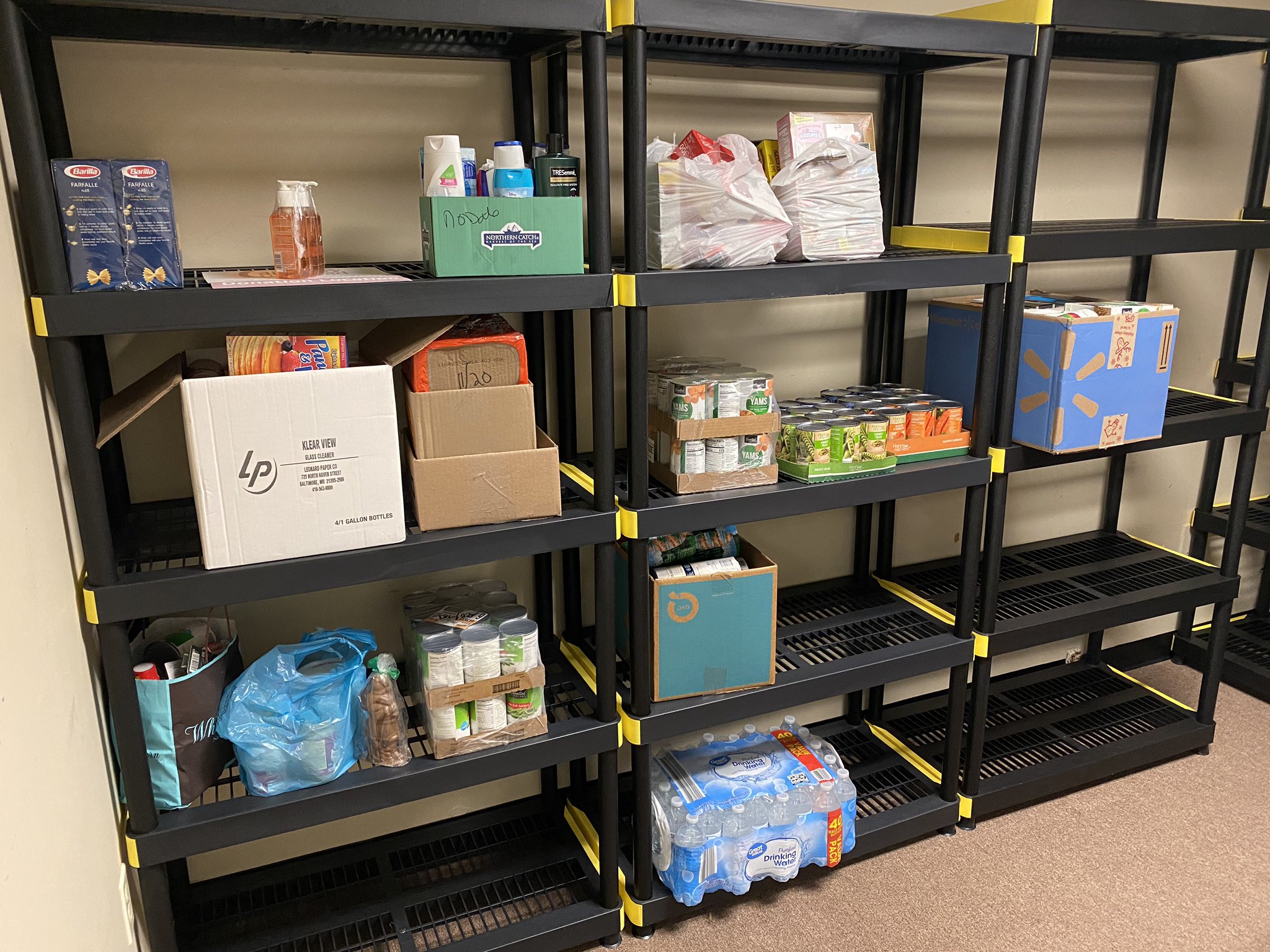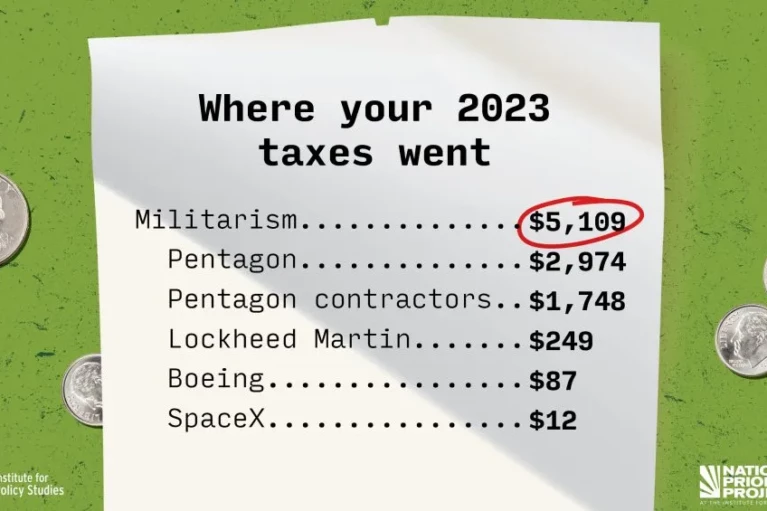The Tax Deduction Recipe That Feeds Hunger

“We did work with the Maryland Food Bank one time,” Chuck Yocum recalls. While Yocum’s day job is working for the Anne Arundel County Public Schools, he spends his spare time as president of the Caring Cupboard, a private nonprofit that collects donated food to feed school children and their families.
“We took a shipment to Arundel Middle [School]. Fifty percent of the food was expired, which we don’t give out. We don’t give any food past the best-by date or use-by date. And then the other half of the food was Chinese. Everything was written in Chinese. There weren’t even any pictures of the food. And we opened it up and poured it into a bowl and it’s like ‘I still don’t know what this is.’ So that just went right out the door.

“I got two jars from the Maryland Food Bank that had sticky labels on it that said “Spoiled – Return by customer. Do not donate or resell.” So, I said, ‘OK, I’m not going to be using the Maryland Food Bank anymore.’
“Not that they don’t help people. I’m sure they do and I’m sure there are food pantries that are happy. They have the used-by food. I just can’t do it.”
The “can do” standards of large corporations that donate millions of tons to food banks are somewhat different. Once Congress amended the tax code in 1976 to give certain corporations an “enhanced tax deduction” for donating “wholesome food” to approved agencies, corporate America discovered a financial incentive in charity.
If Walmart, for example, gives away a bag of hammers that it bought for $30, it can claim a $30 tax deduction. But, if instead of hammers, the bag contained potatoes, it would qualify for what is called an enhanced deduction.
Henry Bogdan, Public Policy Director of Maryland Nonprofits, offered a primer on exactly how the enhanced tax deduction works. The $30 that the bag of potatoes costs Walmart becomes the “basis value” of the item. If Walmart normally sells the bag of potatoes for $100, it means the company’s profit margin will be $70.
But if Walmart donates the bag to a food bank, it has two ways of calculating it as a tax deduction. The value of that bag can either be twice the basis value ($60) or it can be basis value plus half the expected profit. Since Walmart plans to sell it for $100, the profit margin would be $70 and the tax deduction would be $30 plus $35.
In either case, the potatoes have far more impact on Walmart’s bottom line than the hammers. Which may be why in 2017 Walmart gave away 600 million pounds of food. And if, as Yocum discovered, the food will soon be out of date, companies like Walmart can find the enhanced deduction even more attractive.
The result, explained Andrew Fisher, who himself headed an anti-hunger group in California, is that “food banks have become big business and big business profits from anti-hunger efforts.”
Groups like Feeding America, the parent organization of the Maryland Food Bank, are not shy about promoting the tax benefits for corporations. On the Feeding America website it tells potential donors that “Feeding America provides liability protection and tax benefits for our corporate partners.”
Even with that “enhancement,” food banks found themselves falling short as they struggled with the impact of the Great Recession. In 2015 the tax deduction was extended to farmers who wanted to donate fresh produce.
In Chicago, for example, food donations to a local food bank declined by 3 million pounds over a four-year period. The head of the food bank explained that part of the problem was increased efficiency in the food industry.
“That’s a reality that we’re constantly dealing with,” Kate Maehr told The Chicago Tribune. “Food companies aren’t in business to make mistakes that ultimately lead to food donations.”
But those mistakes-turned-donations occasionally bump up against people like Yocum.
“If I don’t give it to my family, I can’t give it to yours,” Yocum says. “That’s my philosophy.
Read the whole series:
Part one: Meet the Food Stamp Firms of Maryland, plus Bum Blockade: How We Got the Food Stamp Data
Part two: All About the Hunger Industry
Part three: Measuring Hunger: One Size Does Not Fit All, plus Calculating How to Go Hungry
Part four: The No Man’s Land of Childhood Hunger
Part five: When the Floor Becomes the Ceiling
Part six: There’s No Wage Like the Minimum Wage
Part seven: The Volunteer Army Trying to Fight Hunger
***
Enjoy reading Maryland Matters?
Get our morning news roundup in your inbox. Free.
Click here to sign up.



 Creative Commons Attribution
Creative Commons Attribution